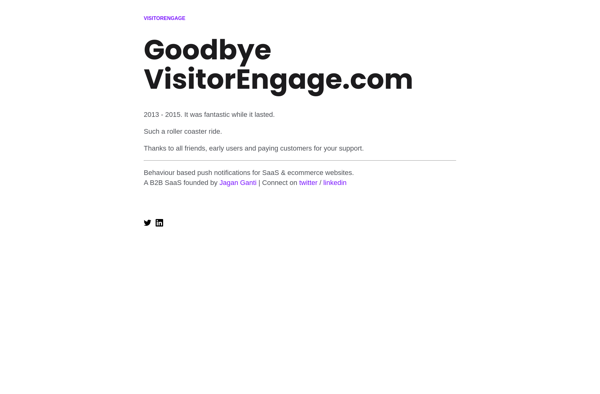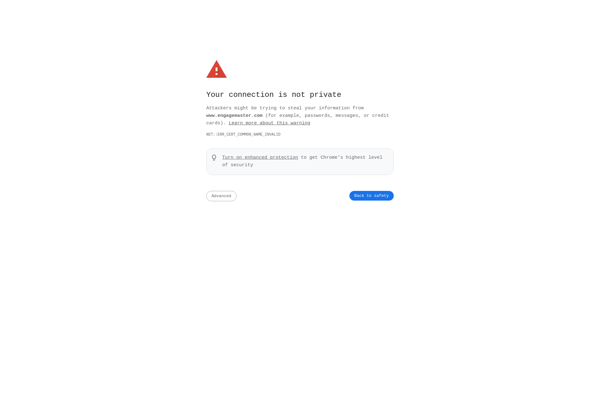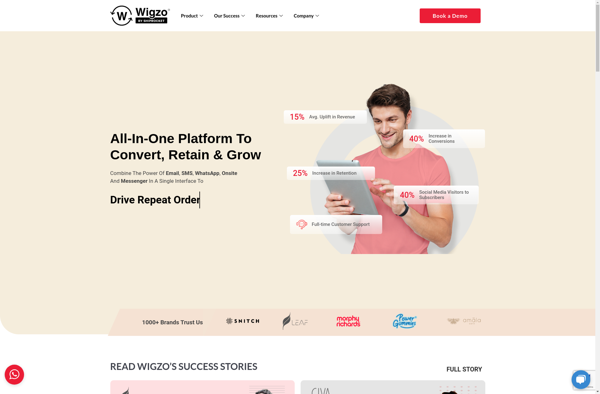Browser Push Notifications
Push Notifications for Browsers: Re-Engage Users
Browser push notifications allow websites to send notifications to users even when the browser is closed, re-engaging users and driving traffic back to a website through alerts about new content.
What is Browser Push Notifications?
Browser push notifications are a feature that allows websites to send notifications to a user even when the web browser is closed. They provide a way for websites to re-engage users and notify them about important updates or new content available on the site.
Here is how browser push notifications work: A website needs to ask permission from the user to send notifications. If the user grants permission, the website can then send messages directly to the user's desktop or mobile device using the Push API. When new content is published, the website server sends a notification payload to a push service which routes the notification to the correct browser.
The main advantage of browser push notifications is the ability to retain user engagement and drive traffic back to your site through alerts letting users know about new articles, product releases, promotions, or other website activity. This creates more opportunities to get users to return and interact with site content. Push notifications appear on desktop or mobile devices whether the browser is open or closed.
Overall, implementing browser push notifications can increase user engagement, website traffic, conversions, and revenue. However, they do require getting user permission first and providing value through useful, non-intrusive notifications tailored to user interests.
Browser Push Notifications Features
Features
- Ability to send push notifications to users' browsers
- Customizable notification content and branding
- Targeted notifications based on user segmentation
- Real-time delivery and analytics
- Cross-browser and cross-device support
- Integration with popular web frameworks and CMS
Pricing
- Freemium
- Subscription-Based
Pros
Cons
Reviews & Ratings
Login to ReviewNo reviews yet
Be the first to share your experience with Browser Push Notifications!
Login to ReviewThe Best Browser Push Notifications Alternatives
Top Social & Communications and Messaging & Notifications and other similar apps like Browser Push Notifications
Here are some alternatives to Browser Push Notifications:
Suggest an alternative ❐VisitorEngage

Engage Master

Wigzo
